
Oman’s airports experienced a significant surge in revenue and operational activity in 2024, reflecting the country’s growing role as a regional aviation hub. According to the Civil Aviation Authority, total airport revenues rose by 17% to reach $272 million, driven by a 14% increase in aircraft movements, which totaled about 540,000, and a 12% rise in cargo handled, exceeding 150,000 tonnes.
This growth was supported by new air transport agreements signed with 19 airlines, raising the total number of carriers operating in Oman to 34.
Muscat International Airport, the largest in the country, saw passenger numbers climb by 3% to 12.9 million, while overall passenger traffic across all Omani airports increased by 4.1%. Salalah Airport, nearing full capacity, began receiving direct flights from Europe, signaling an expansion in international connectivity.
Oman Airports reported operational revenues of RO 114.5 million (approximately $296 million), with net income rising 15% to RO 23.5 million ($61 million), marking a record profit for the company. This financial success came despite challenges such as high maintenance costs and competitive pressures in ground handling services.
The Sultanate is actively investing in airport infrastructure to sustain this growth, with tenders issued for the construction of Musandam Airport near the strategic Strait of Hormuz and plans underway for a second terminal at Sohar Airport. These developments align with Oman’s broader strategy to boost tourism and business travel, aiming to increase annual tourist arrivals from three million in 2024 to 12 million by 2040.
The government is also fostering closer collaboration between Oman Airports and Oman Air to enhance service quality and regional competitiveness.
Despite Oman Air posting a loss of OR 72 million ($187 million) in 2024, Oman Airports’ strong financial performance and expanding airline network—now serving 40 airlines and 146 destinations—highlight the sector’s resilience and potential. The airports’ improved profitability and increasing passenger throughput underscore their critical role in supporting Oman’s economic diversification and tourism ambitions










.png)





.png)

.jpg)



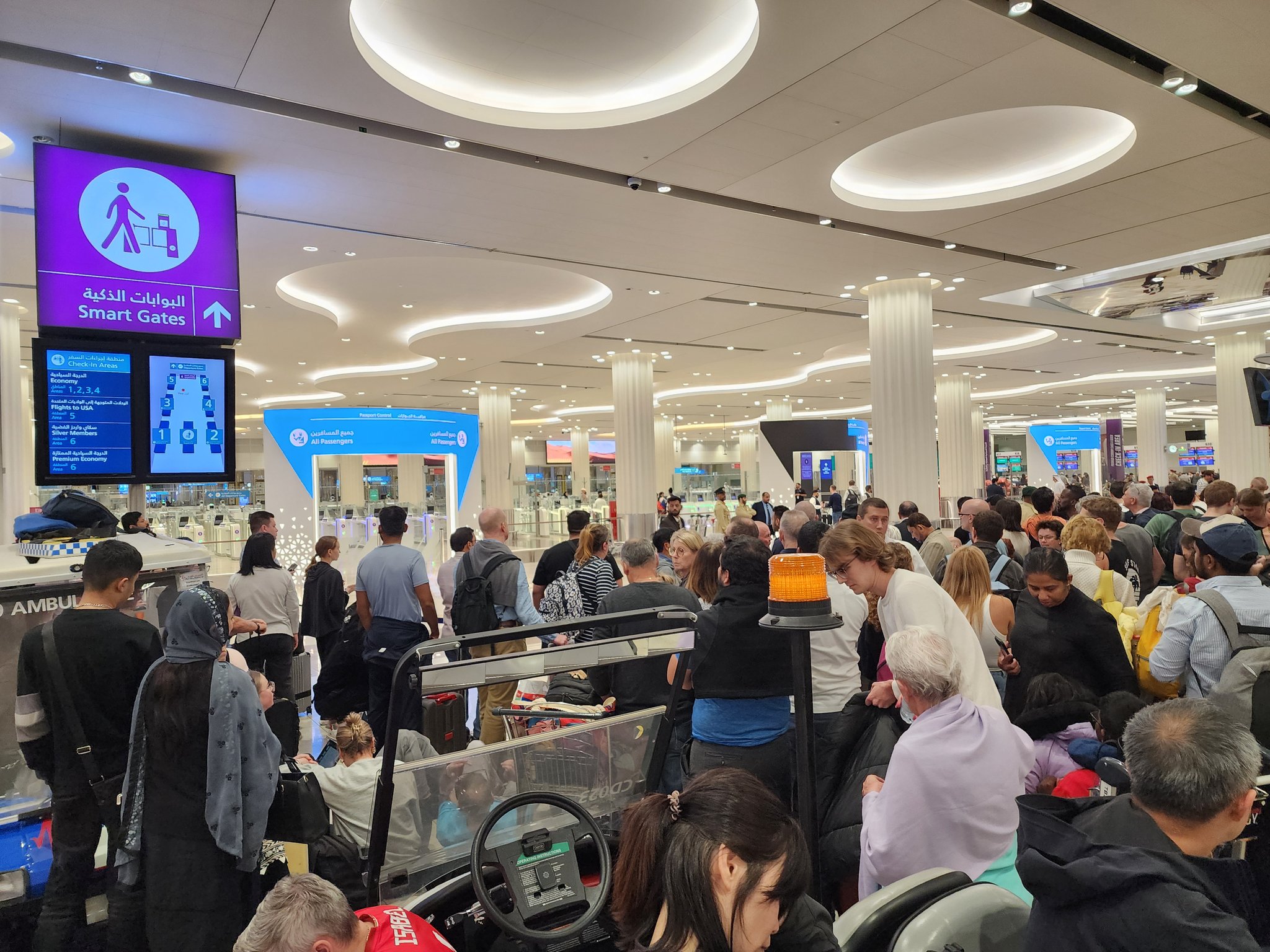
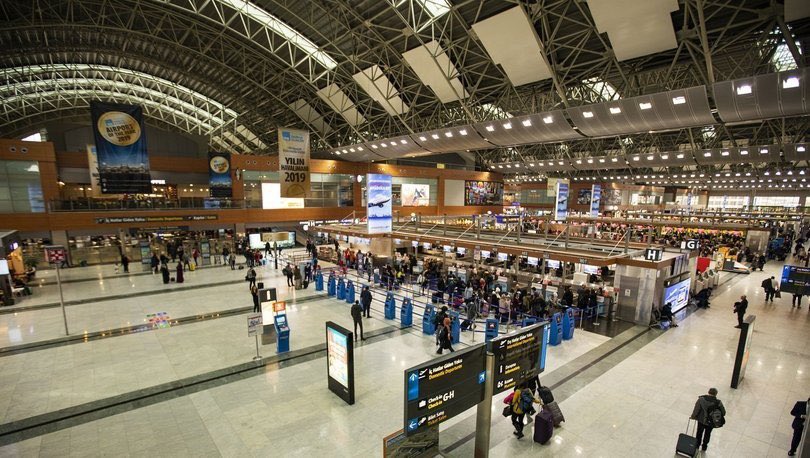
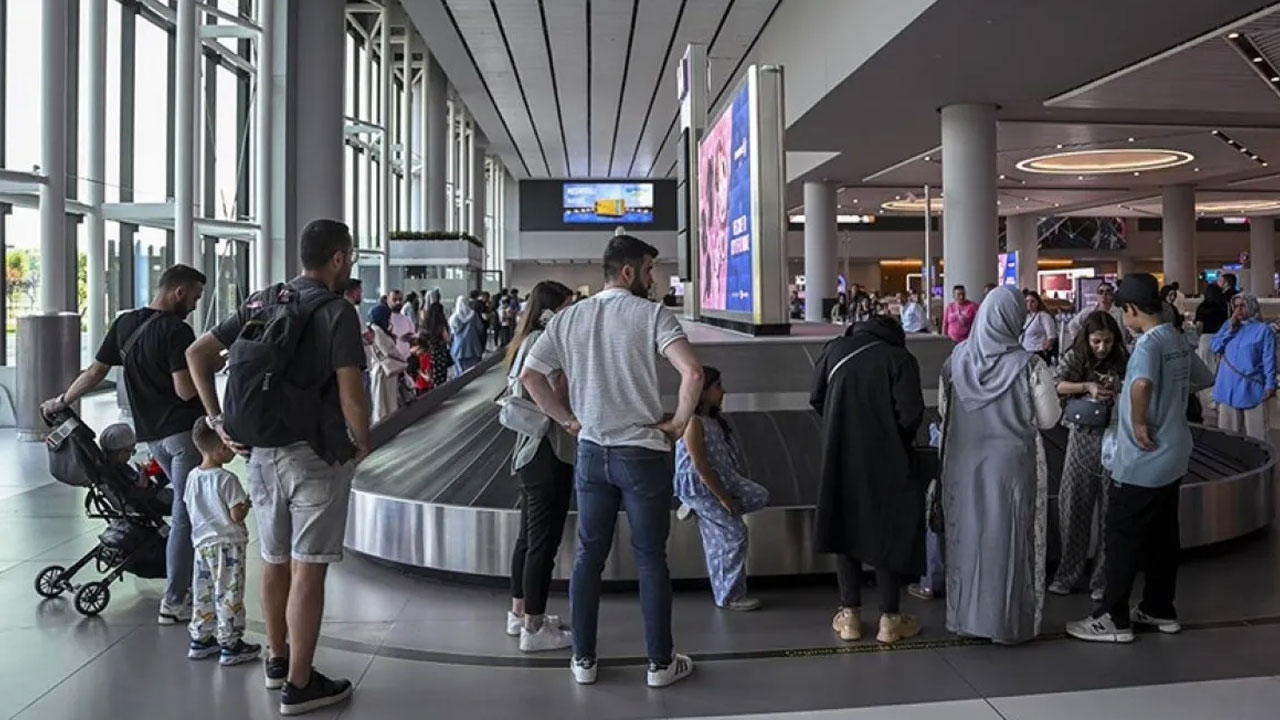






.jpg)

.jpg)




.jpg)
.jpg)



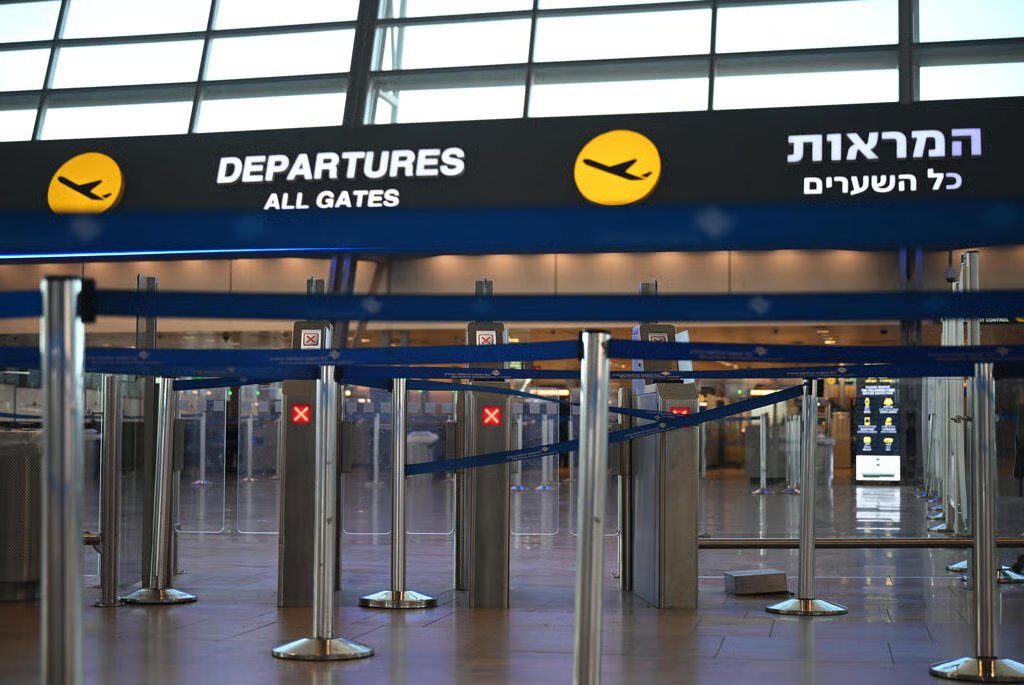
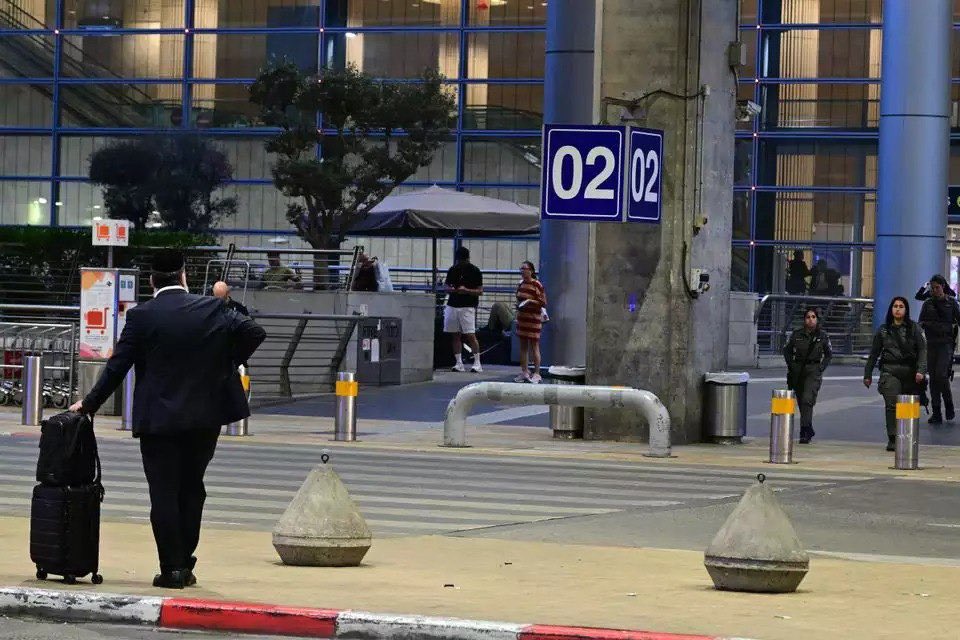
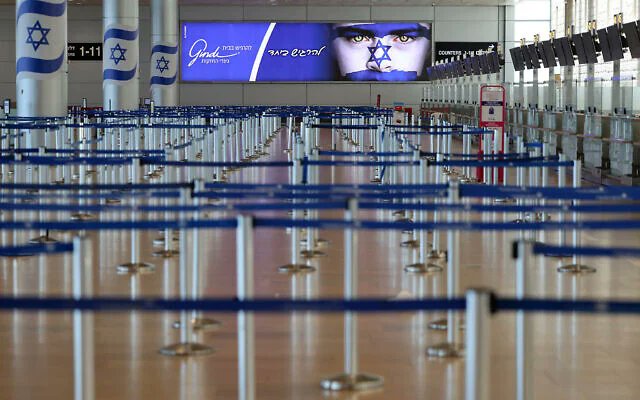









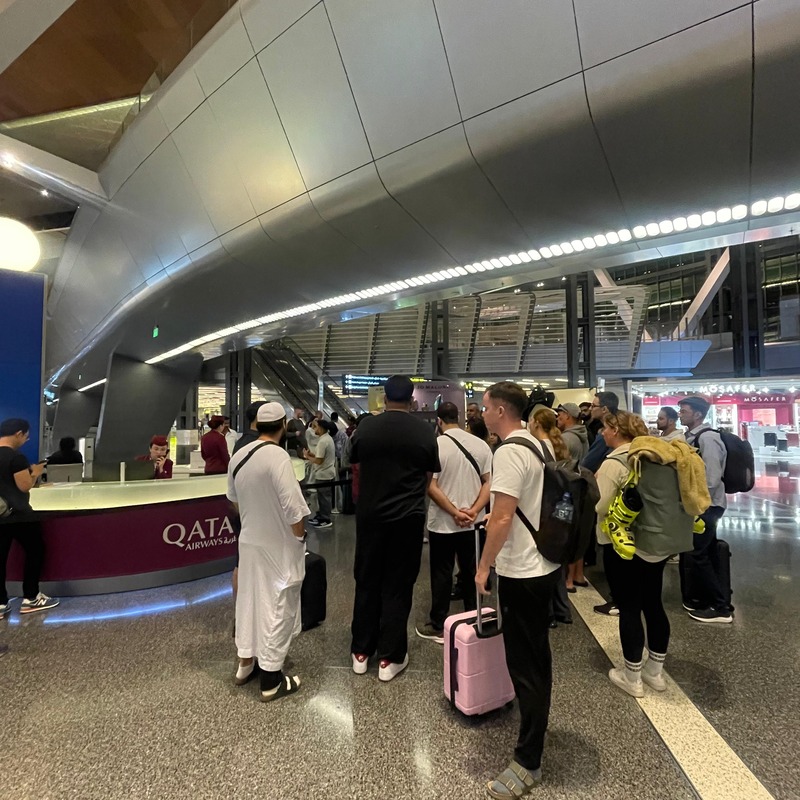
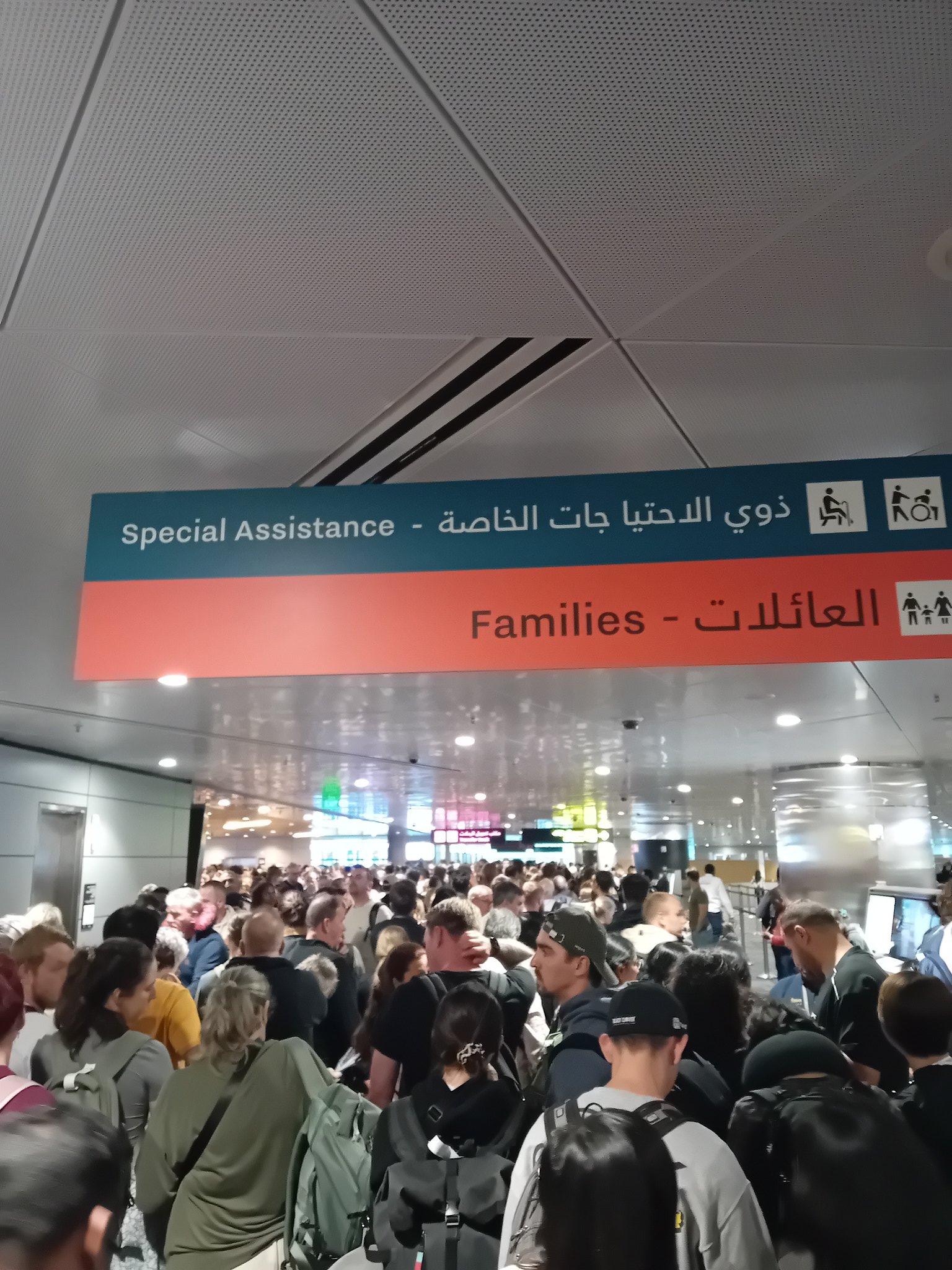
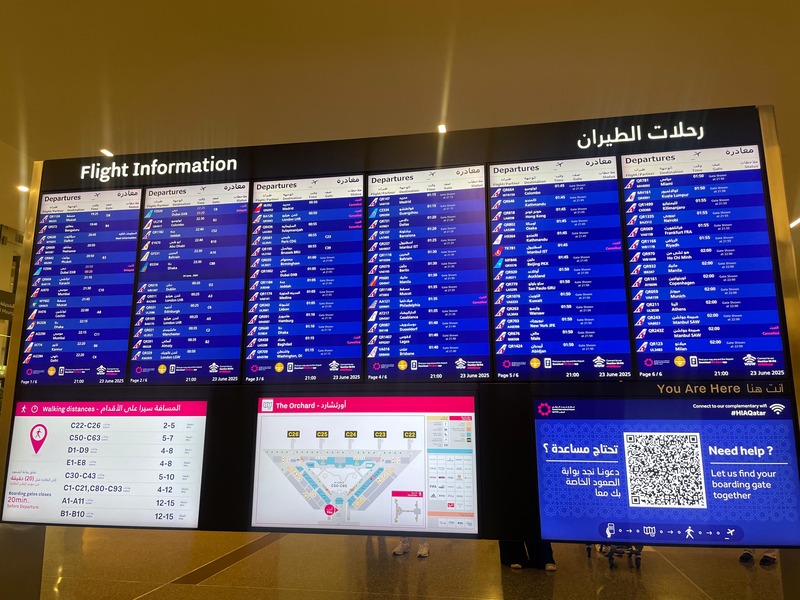
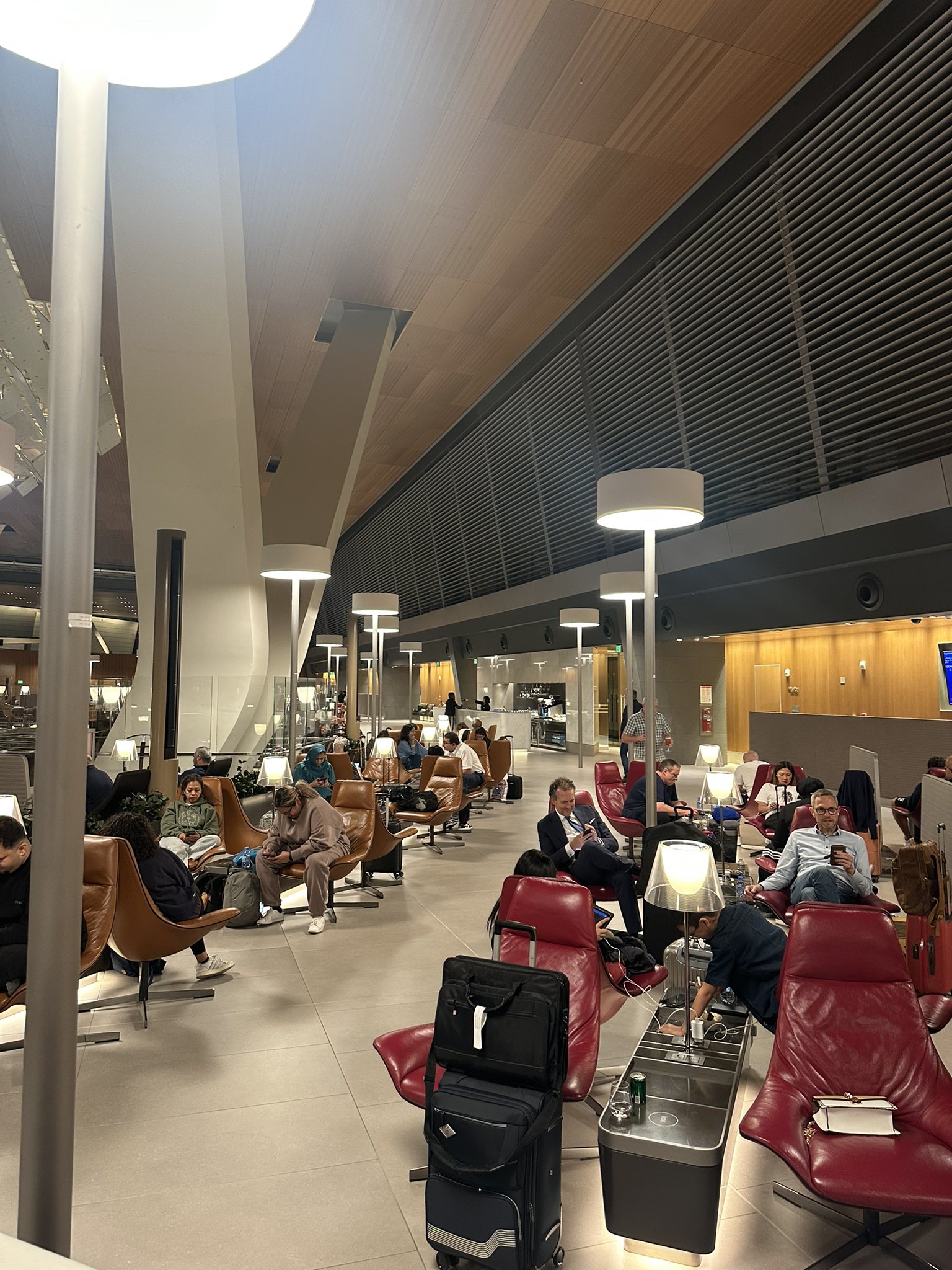





.jpg)